Geneviève Claisse
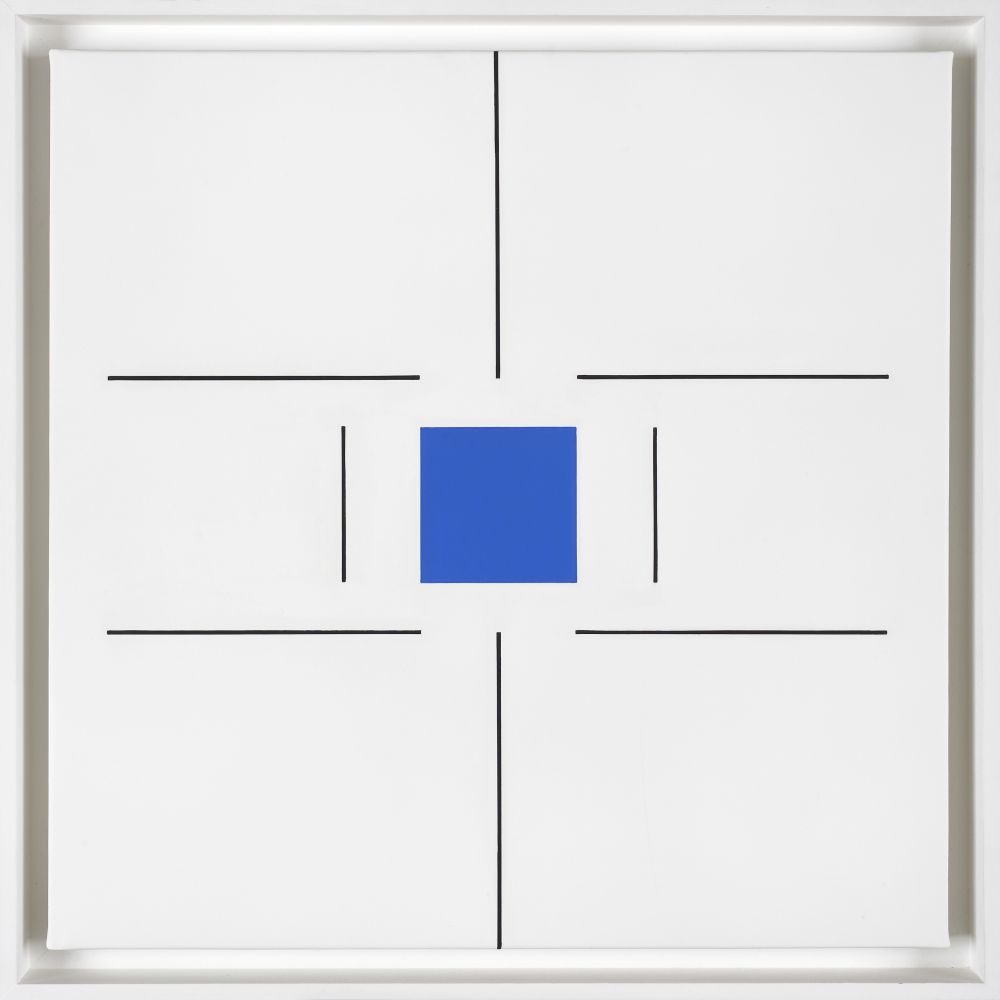
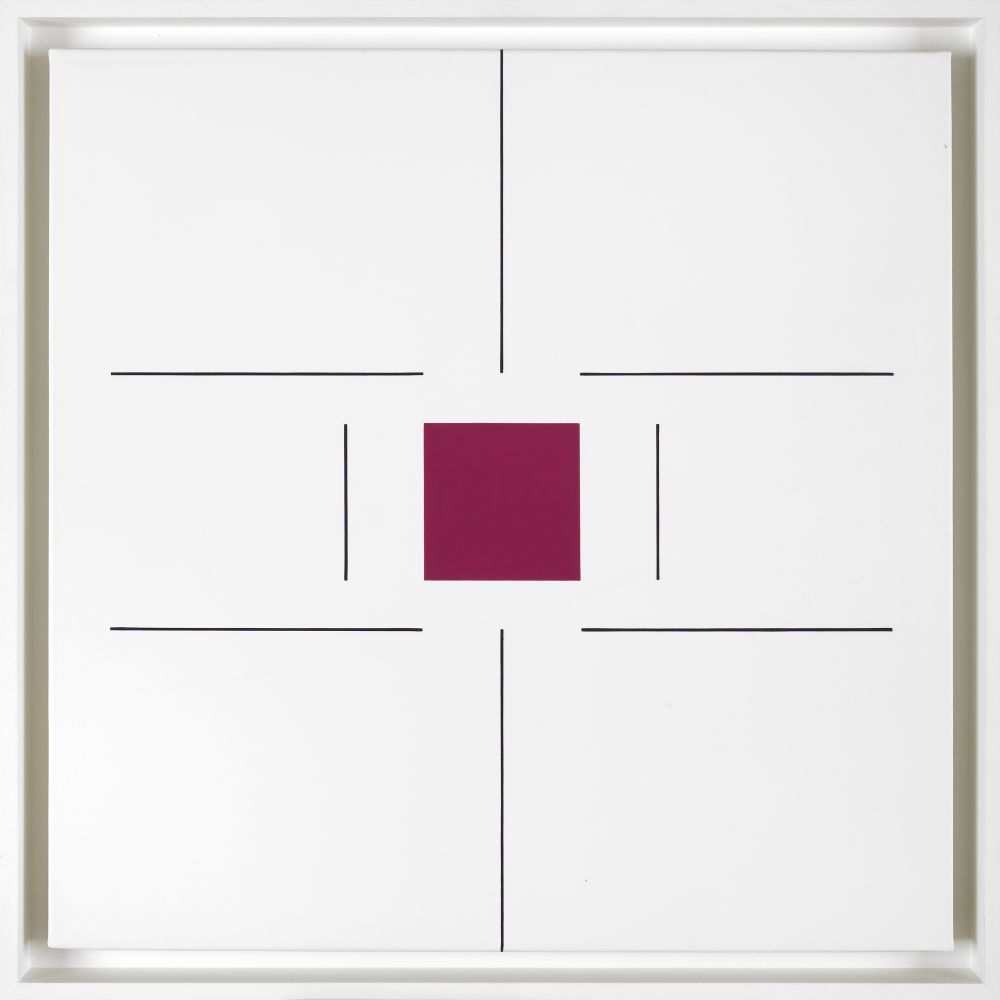
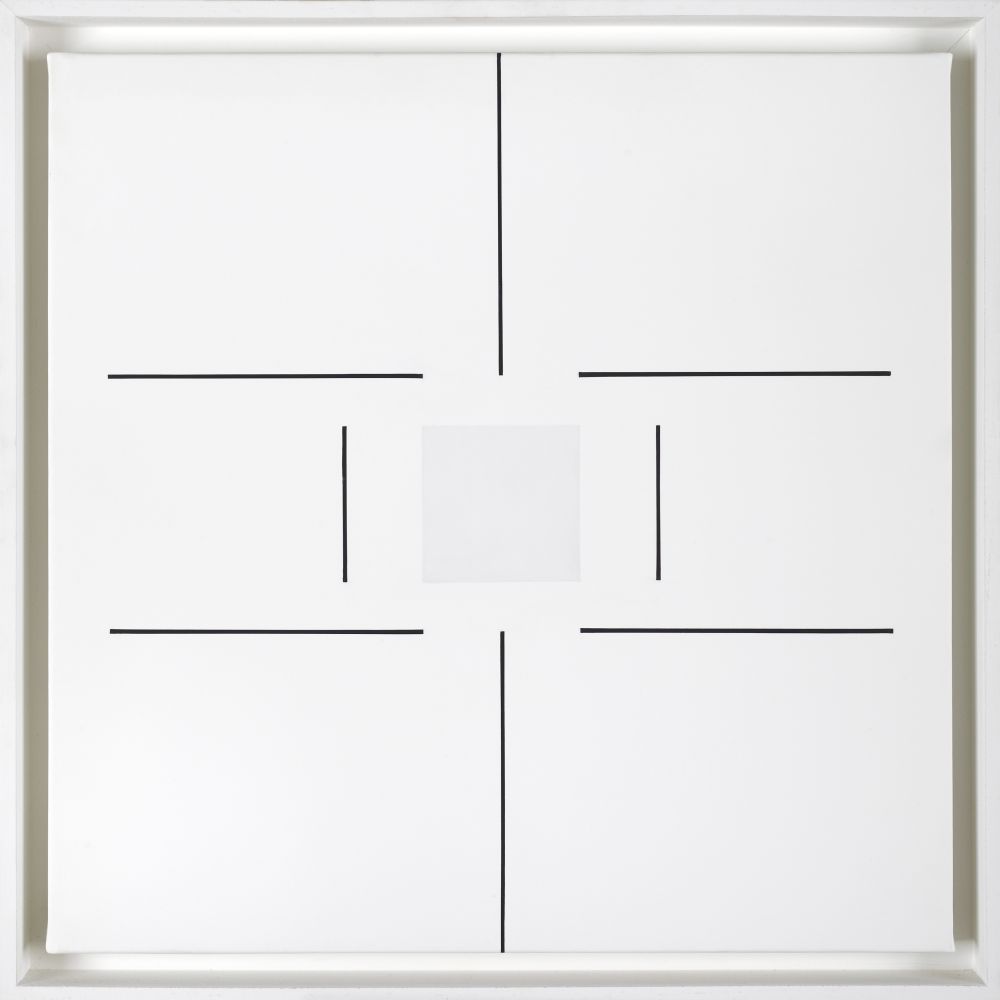
Selected Works

Geneviève Claisse
Portrait de phase, 2008
Acrylique sur toile
46 x 46 cm

Geneviève Claisse
Portrait de phase, 2008
Acrylique sur toile
46 x 46 cm

Geneviève Claisse
Portrait de phase, 2008
Acrylique sur toile
46 x 46 cm
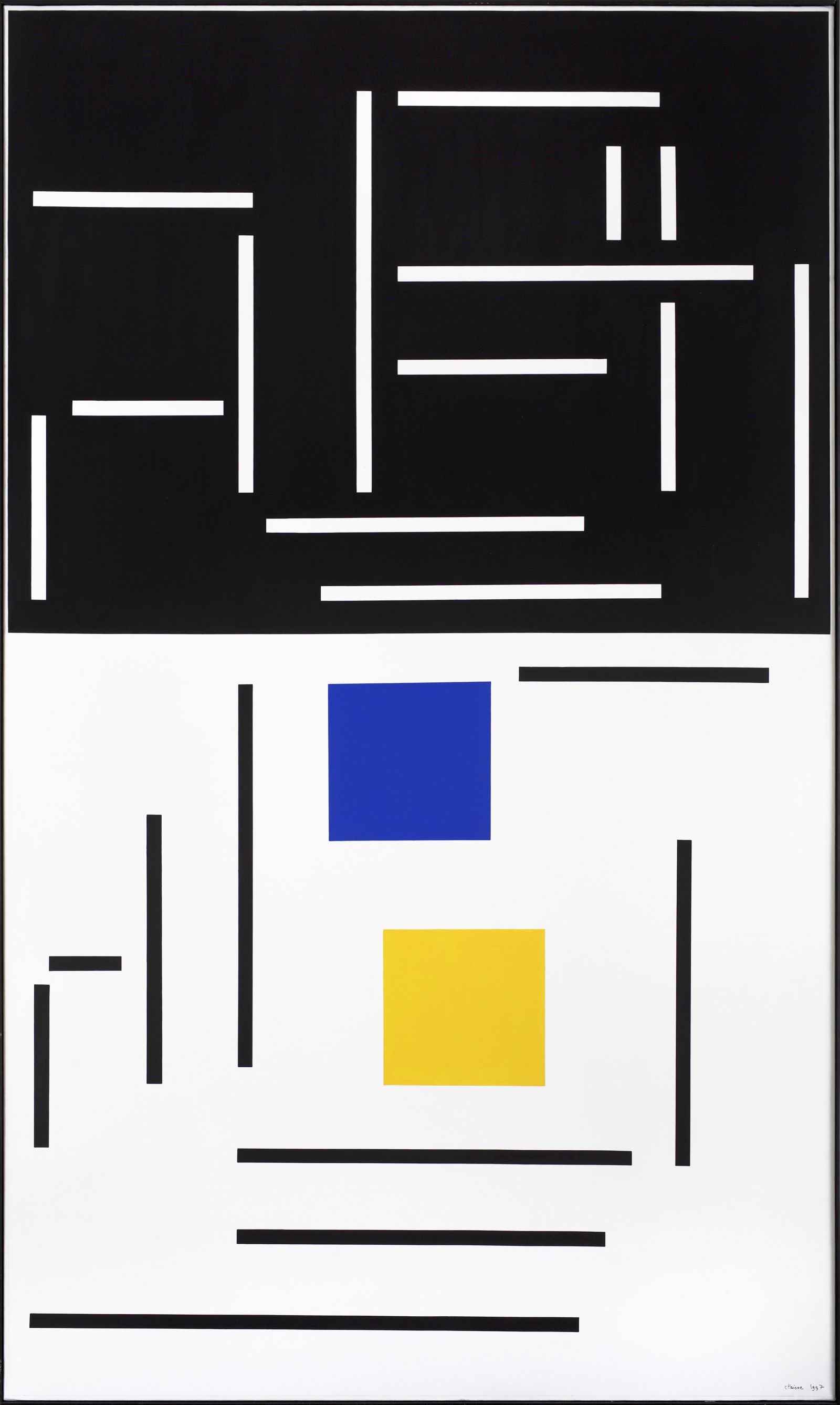
Geneviève Claisse
Grande Convalence ternaire, 1997
Acrylique sur toile
195 x 114 cm
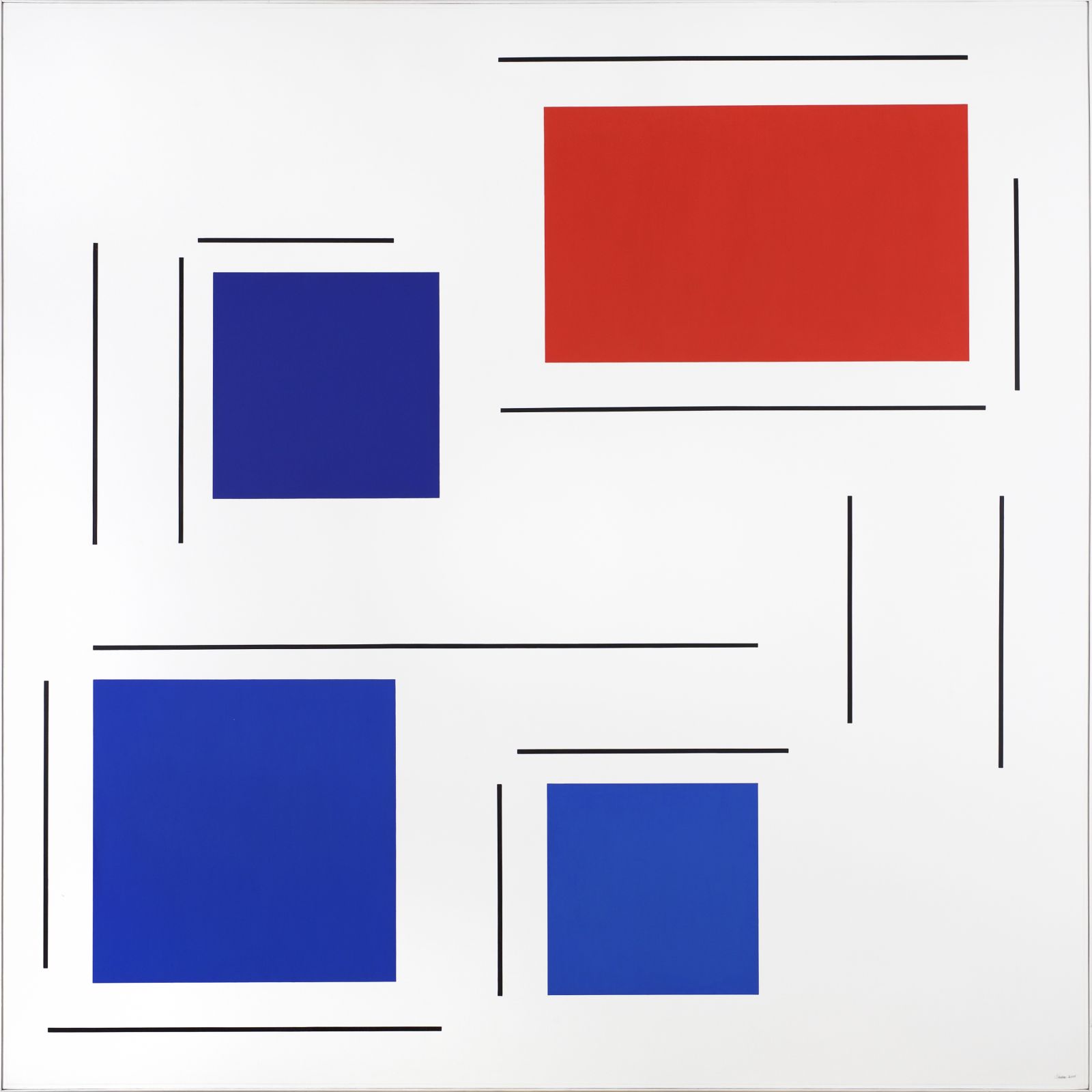
Geneviève Claisse
Super symétrie, 2001
Acrylique sur toile
180 x 180 cm
Some of the works depicted are no longer available.
Biography
Geneviève Claisse plays with contrasts and chromatic agreements or disagreements to offer works of apparent visual and technical simplicity. “With geometric abstraction, language achieves freedom. It can be a total creation. By purifying and sublimating, it aims for more sensitivity…”.
Fascinated by Herbin’s theories, she was still unaware that he was her great-uncle. It was only at the age of 18 that she met him at Cateau-Cambrésis. After discovering his work, Herbin encouraged her to persevere in this path. In 1958, she organized her first exhibition in Paris and Cambrai. The following year, she settled permanently in Paris, where she became her great-uncle’s assistant while continuing her artistic research. She shared her studio with him for a year.
In 1960, she participated in the Salon de Mai, and the following year, she joined the Denise René gallery, which presented her works in Paris, New York and in various international fairs. Geneviève Claisse exhibited in Copenhagen, London, Paris, Tel Aviv and many other cities around the world.
The 1960s were particularly creative for the artist. In 1966, she created series around the circle and the triangle, which she continued for a decade. This research would lead to some of her most striking works, exhibited around the world.
In 1971, Geneviève Claisse opened a second studio in Écluzelles. The 1970s saw her participate in renowned fairs and exhibit in New York, Paris, Amsterdam and Basel. This period was marked by a return to rectilinear forms, particularly in the ADN series, where she deepened her research on colorimetry. In the early 1980s, her work focused on the line, which she explored in various shapes, sizes and directions. Her works sometimes take on a kinetic dimension, where the lines interact and create a sensation of movement.
Her research then evolved: the lines, once fine, became thicker, creating small bars on the canvas, always arranged in such a way as to never reach the edges of the support. At the end of the 90s, she introduced series exploring the notions of transparency and plenitude. These works play on emptiness and fullness, injecting dynamics and depth into the space of the canvas.
In the 2000s, her work reached a new level of perfection. Inspired by Malevich's Suprematism, her compositions combine rigorous geometric shapes and bold colors, oscillating between harmony and rigor. Geneviève Claisse's works are characterized by their stability, balance and a dynamism that is always palpable.
Geneviève Claisse thus leaves a considerable legacy in the field of geometric abstraction.
